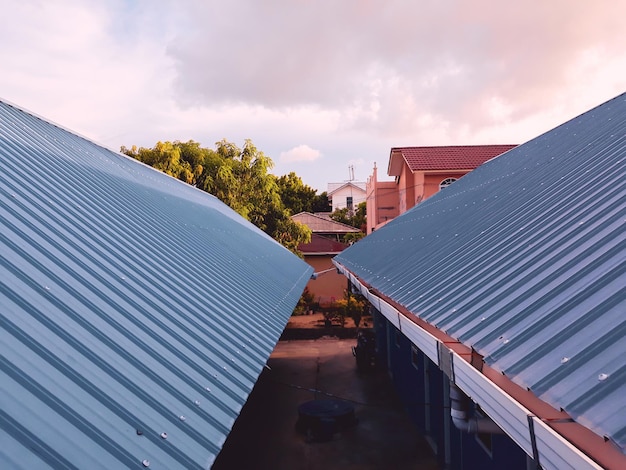As the construction industry continues to evolve, professionals are constantly seeking building materials that are not only durable but also sustainable, cost-effective, and efficient to work with. One such innovation that is gaining popularity across commercial and residential projects is steel framing. While traditional wood frames have long been the industry standard, steel is now making a strong case for itself thanks to its impressive list of benefits.
So, what exactly makes steel framing a rising star in construction? Let’s break it down.
What is Steel Framing?
Steel framing is a building technique that uses steel columns and beams to create the structural support of a building. Unlike wood, steel does not warp, rot, or get eaten by termites. It's widely used in commercial, industrial, and increasingly, residential construction due to its superior strength and lifespan.
Steel frames are often prefabricated in factories and transported to the construction site, making installation quicker and more precise. Because of its structural integrity, steel framing is especially ideal for buildings in regions prone to high winds, earthquakes, and other extreme weather conditions.
Advantages Over Traditional Wood Framing
There are several clear benefits to using steel instead of wood in framing:
1. Durability and Strength
Steel is significantly stronger than wood. A steel-framed structure can support heavier loads without bending or buckling. This makes it ideal for large buildings or homes with open floor plans that require wider spans.
2. Pest and Fire Resistance
Unlike wood, steel is impervious to pests such as termites and carpenter ants. It’s also non-combustible, giving it a clear advantage when it comes to fire safety. This can lower insurance costs and improve overall building safety.
3. Sustainability
Steel is 100% recyclable. Many manufacturers use recycled steel to create framing materials, making it a more eco-friendly choice compared to deforestation-dependent wood framing. The reuse of steel doesn’t compromise its strength or durability.
4. Precision and Reduced Waste
Because steel frames are fabricated with strict standards in factories, there’s little room for error. This translates to minimal onsite waste and a cleaner construction process. Prefabrication also speeds up project timelines and reduces labour costs.
How It Compares with Conventional Steel Structures
It’s important to note that conventional steel structures, such as rigid frame buildings or pre-engineered metal buildings, are not the same as steel framing. While both utilize steel as a primary material, conventional structures are typically designed for industrial use and involve larger steel members and heavy-duty connections.
Steel framing, on the other hand, uses lighter gauge steel and is designed for more intricate and detailed construction, such as partition walls, roof trusses, and residential framing. This flexibility allows architects to explore innovative designs while maintaining structural integrity.
Challenges to Consider
Despite its many advantages, steel framing isn’t without its challenges:
- Cost: Steel framing can be more expensive upfront than wood, although savings may be seen long-term through reduced maintenance and faster construction.
- Thermal Bridging: Steel conducts heat more than wood, which can impact insulation if not properly managed.
- Limited Trade Familiarity: In some areas, contractors may be more accustomed to working with wood, making it harder to find experienced steel framers.
Final Thoughts: Is It Worth the Switch?
Steel framing is undeniably transforming the way we build. Its strength, sustainability, and design flexibility offer clear advantages over traditional wood framing. While initial costs and installation expertise may pose minor barriers, the long-term benefits often outweigh the drawbacks, especially in large-scale or long-term projects.





Comments